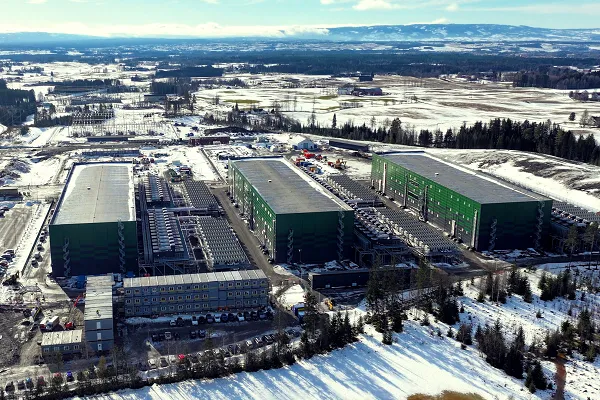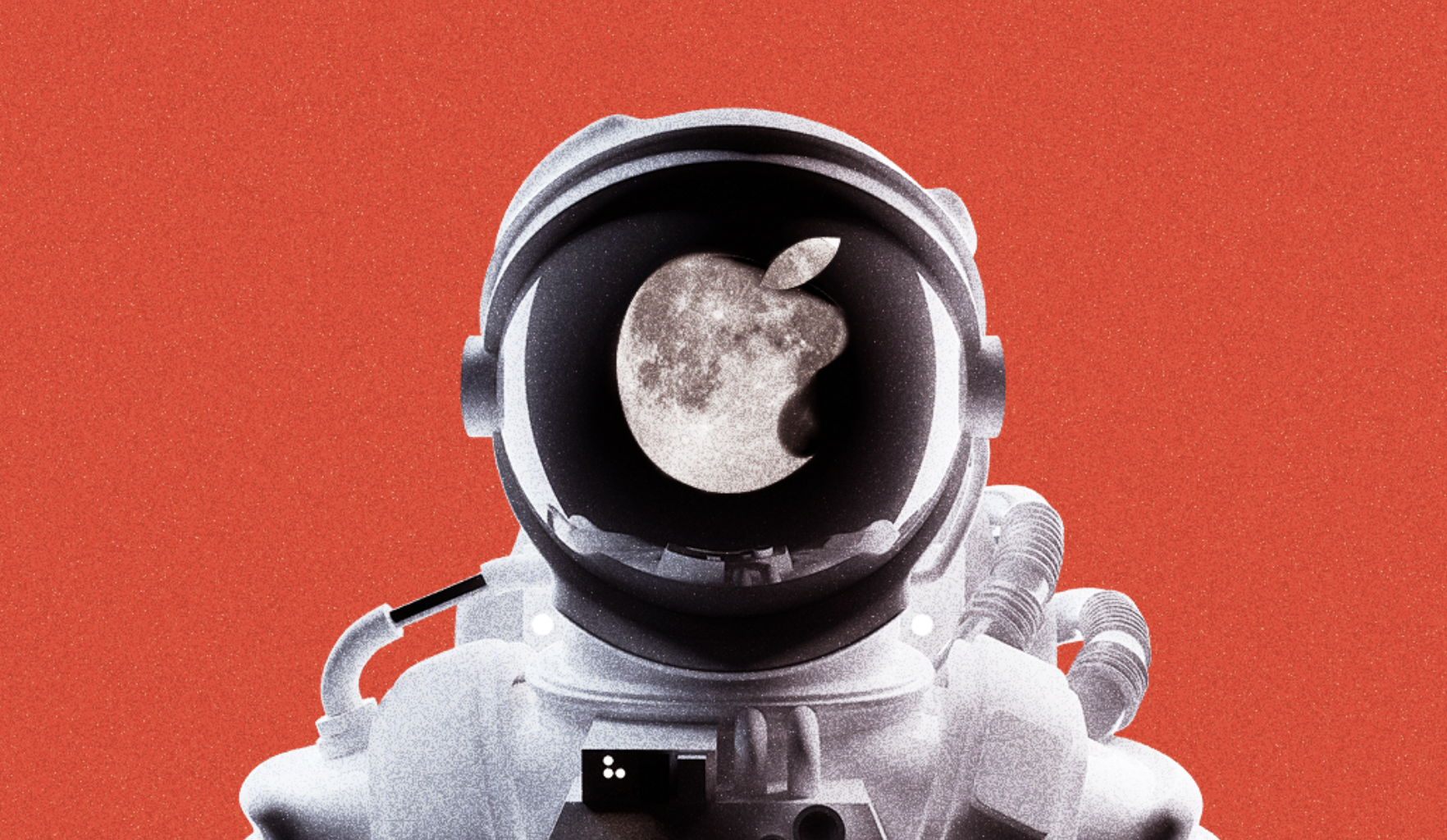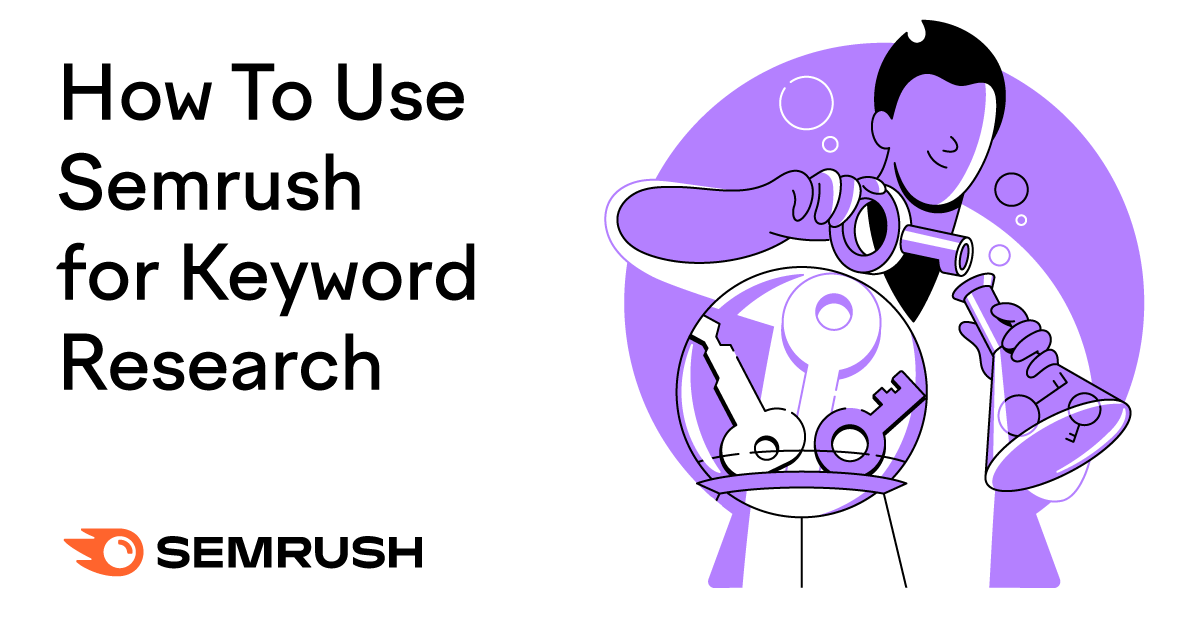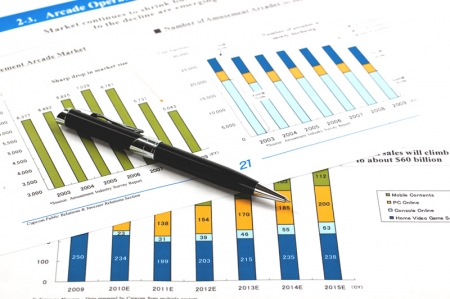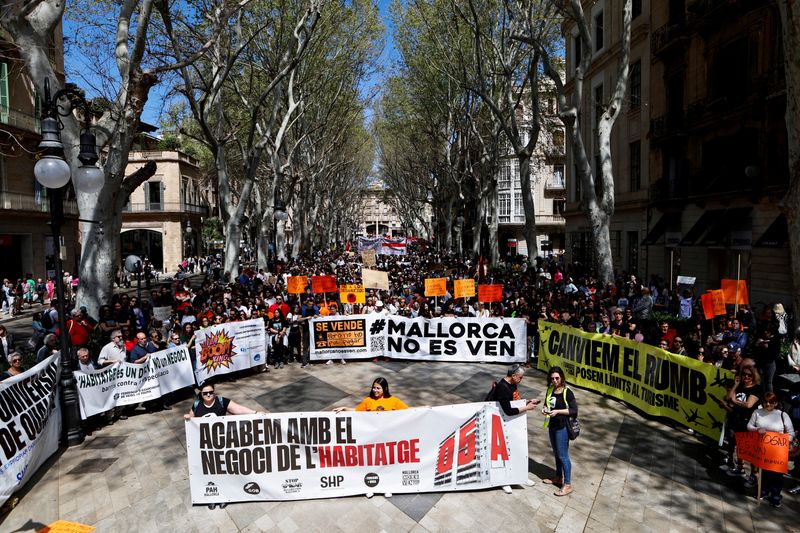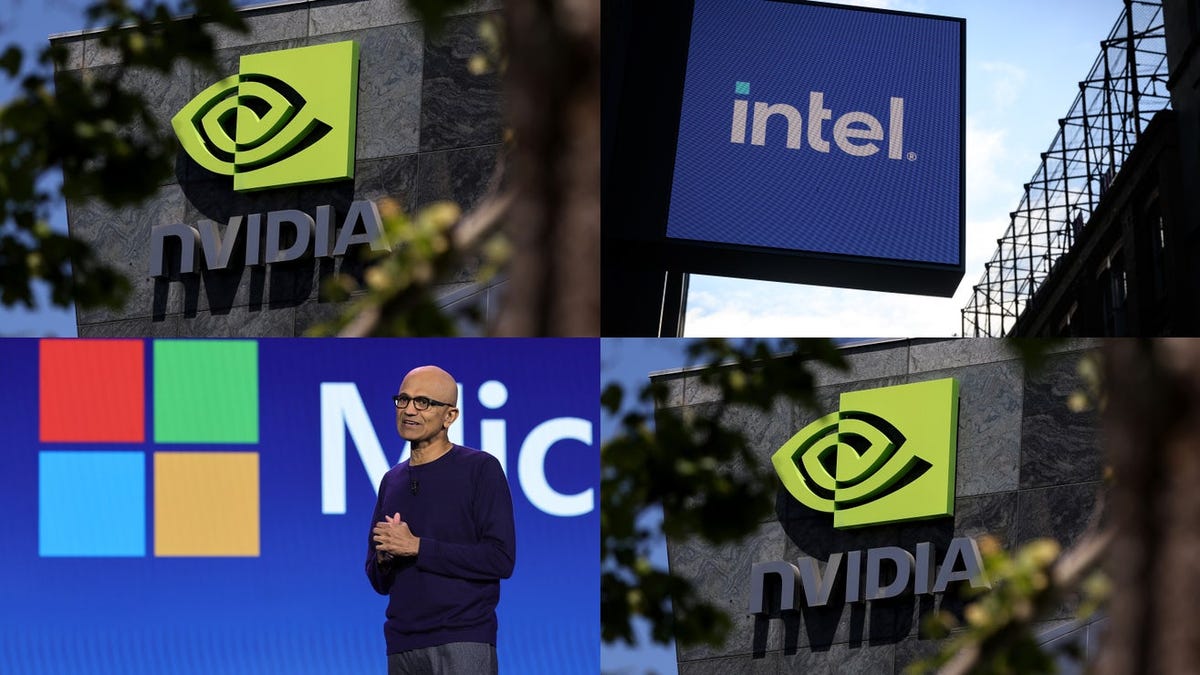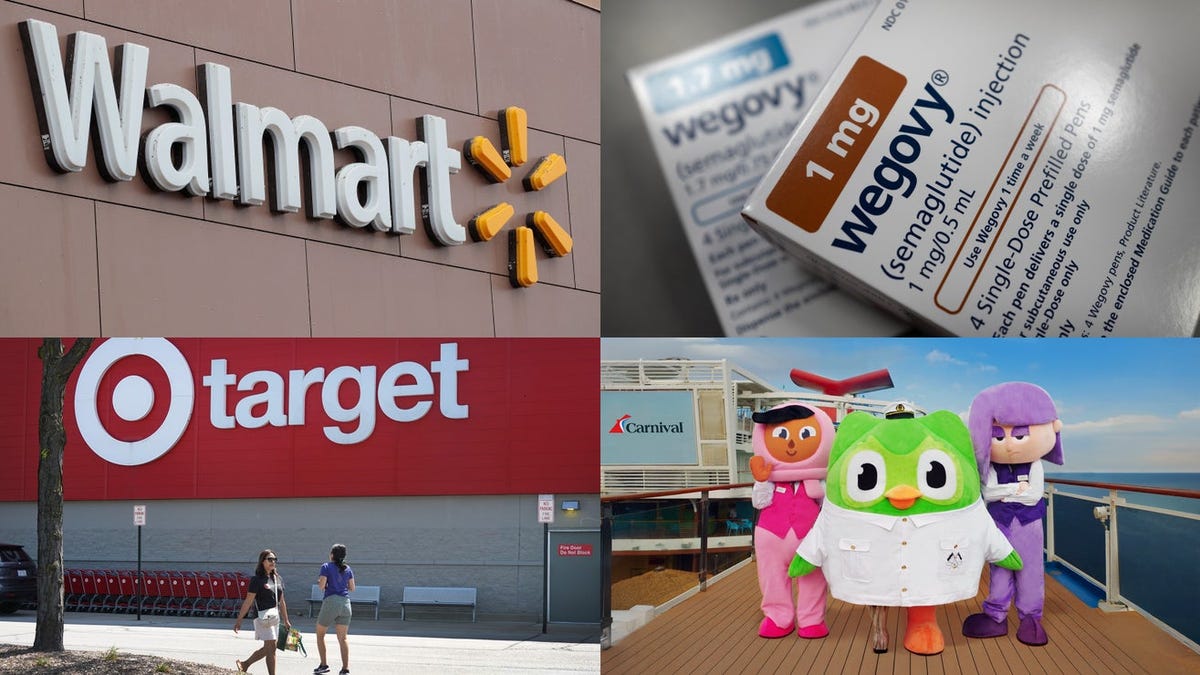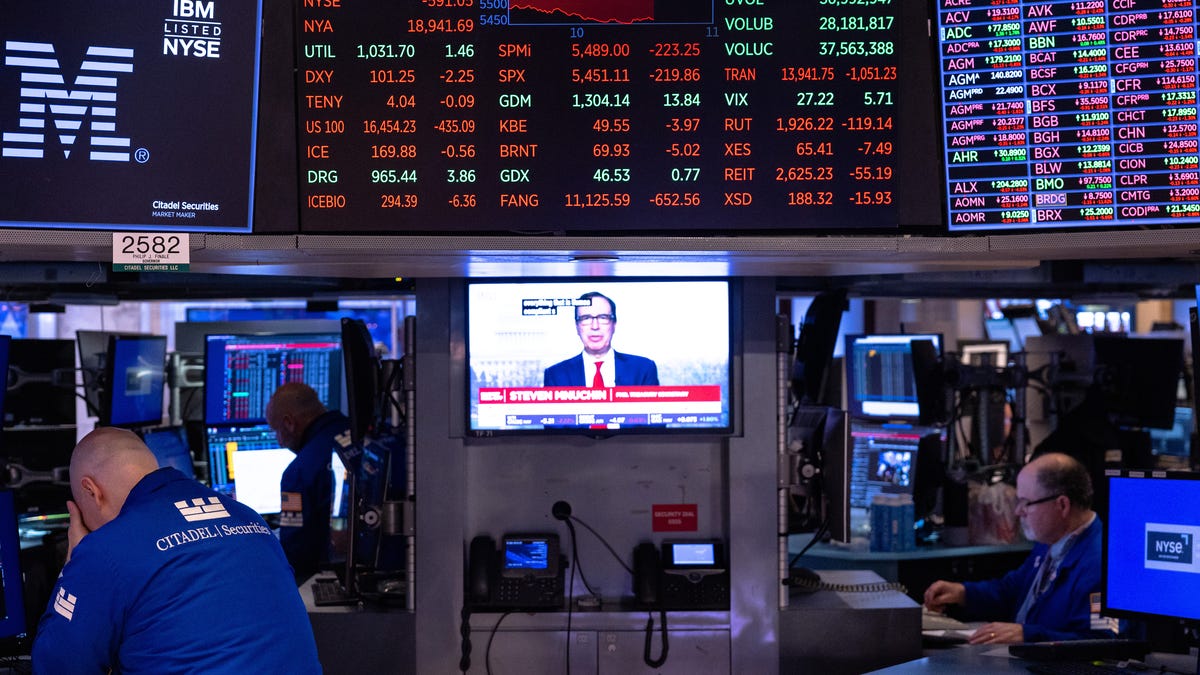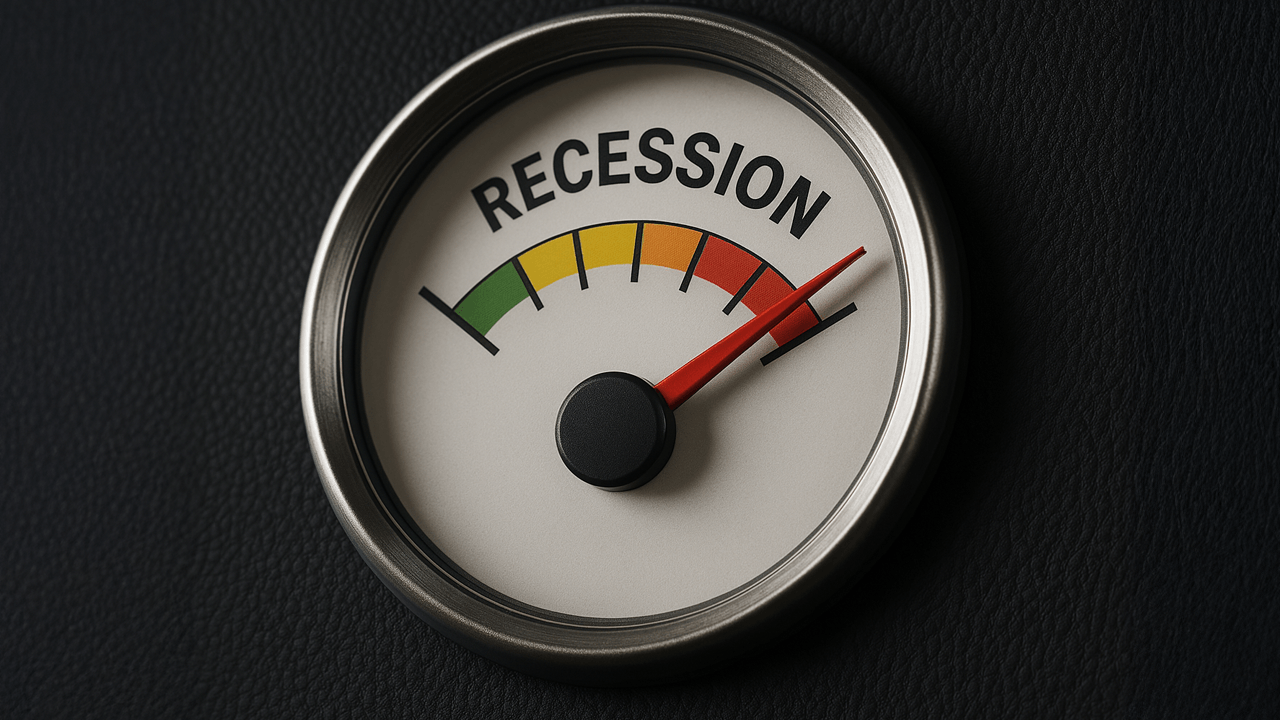The most innovative companies in agriculture for 2025
Good agriculture has always been about caring for the land—but today, that responsibility is more critical than ever. Innovative agriculture companies must now dedicate significant energy to ensuring future generations of farmers can continue to grow healthy, bountiful crops and feed the planet. The most innovative companies in agriculture for 2025 include forward-thinking businesses and nonprofits with at least one eye firmly on this future.Zero Foodprint takes the top slot, for funding regenerative farming through a model so simple, it becomes radical: Restaurants, grocers, and food companies are asked to contribute 1% of consumer purchases to directly fund farm conversions.On the farm equipment front, Four Growers released a fruit-picking robot for vertical farms that’s 10 times faster than human labor, automatically packs produce, and provides accurate yield forecasts to boot. Applied Carbon introduced a compact, seemingly steampunk-inspired incinerator that transforms harvest debris into carbon-rich biochar in a single pass, spreading it back onto fields to boost crop yields.In the AI arena, Arable’s sophisticated analytics platform and award-winning sensor have attracted partnerships with tech giants like Google to help farmers cut water use and improve the health of some 65 crops in 50 countries. ClimateAi uses advanced computer-learning models—akin to those in self-driving cars—to give farmers and major food manufacturers hyper-detailed forecasts, guiding decisions on when and where to plant specific crops.For biotech, Moolec Science achieved not one but three USDA approvals for the first crops that grow meat proteins, producing pork-infused soybeans, beef-enriched peas, and more. Pairwise made history with the world’s first CRISPR-edited food—a milder mustard green—and the first seedless blackberry.Addressing agriculture’s labor challenges, Seso offers software now used by one-third of America’s 100 largest agricultural employers to streamline the H-2A visa process for migrant farmworkers—a workforce the industry relies on heavily, at a time when it’s become a cultural flashpoint.Meanwhile, beverage giant Diageo expanded regenerative farming in Ireland for Guinness’s barley, Scotland for whisky grains, and Mexico for the agave used to produce its tequilas. And organic-farming pioneer the Rodale Institute has trained educational prowess on promoting regenerative farming in places where it can make a significant impact—like Ventura County, California, where in the past year it partnered with Patagonia to transition farmers to more sustainable methods.1. Zero FoodprintFor funding “collective regeneration”Launched in 2020 by chef Anthony Myint and his wife Karen Leibowitz as platform to help restaurants go carbon neutral, Zero Foodprint today is advancing perhaps the most promising pathway to making regenerative farming the standard in America.Restaurants were initially encouraged to offset a portion of their emissions by donating 1% of sales to carbon farming. When the idea took off, ZFP ran with it—leading to a James Beard Award and Basque Culinary World Prize-winning nonprofit that’s partnered with Chez Panisse, Noma, Subway, and 100 other restaurants, enlisted prominent winemakers, and funded $19 million in regenerative farming projects, sequestering more than 100,000 tons of CO2e. This year, ZFP added its first grocery partner (New Seasons Market); recruited Bob’s Red Mill, Vital Farms, Tillamook County Creamery, and Stumptown Coffee as new backers; and made its boldest pitch yet, via a TED Talk, for scaling the “collective regeneration” model. Next up is utilities: It has helped draft a Washington State bill to earmark 1% of restaurant bills and $1 from trash bills statewide for regenerative ag projects. If scaled nationwide, this opt-out model could turn food and utility consumers into a vast revenue base.Unlike typical sustainability program funders and carbon credit firms that just move money around, ZFP collects funds directly and deploys them on projects it manages like a general contractor, ensuring their legitimacy. Myint’s TED Talk argued that the solution to sustainable farming is already before us, just overlooked. America has spent billions championing organic farming, but consumers don’t back agricultural change when they buy end products; fewer than 1% of today’s farms are certified organic. ZFP argues that because surveys show that consumers are eager to fund sustainable solutions, shifting the burden and scaling the 1% program through collective action is the answer.Read more about Zero Foodprint, honored as No. 42 on Fast Company’s list of the World’s 50 Most Innovative Companies of 2025.2. Climate AiFor predicting the future for nine key commodity cropsIn the summer of 2024, ClimateAi unveiled forecasts that it promised could predict the weather for anywhere from one hour to six months in advance. Founded by Himanshu Gupta—an energy policy expert who advised Vice President Al Gor

Good agriculture has always been about caring for the land—but today, that responsibility is more critical than ever. Innovative agriculture companies must now dedicate significant energy to ensuring future generations of farmers can continue to grow healthy, bountiful crops and feed the planet. The most innovative companies in agriculture for 2025 include forward-thinking businesses and nonprofits with at least one eye firmly on this future.
Zero Foodprint takes the top slot, for funding regenerative farming through a model so simple, it becomes radical: Restaurants, grocers, and food companies are asked to contribute 1% of consumer purchases to directly fund farm conversions.
On the farm equipment front, Four Growers released a fruit-picking robot for vertical farms that’s 10 times faster than human labor, automatically packs produce, and provides accurate yield forecasts to boot. Applied Carbon introduced a compact, seemingly steampunk-inspired incinerator that transforms harvest debris into carbon-rich biochar in a single pass, spreading it back onto fields to boost crop yields.
In the AI arena, Arable’s sophisticated analytics platform and award-winning sensor have attracted partnerships with tech giants like Google to help farmers cut water use and improve the health of some 65 crops in 50 countries. ClimateAi uses advanced computer-learning models—akin to those in self-driving cars—to give farmers and major food manufacturers hyper-detailed forecasts, guiding decisions on when and where to plant specific crops.
For biotech, Moolec Science achieved not one but three USDA approvals for the first crops that grow meat proteins, producing pork-infused soybeans, beef-enriched peas, and more. Pairwise made history with the world’s first CRISPR-edited food—a milder mustard green—and the first seedless blackberry.
Addressing agriculture’s labor challenges, Seso offers software now used by one-third of America’s 100 largest agricultural employers to streamline the H-2A visa process for migrant farmworkers—a workforce the industry relies on heavily, at a time when it’s become a cultural flashpoint.
Meanwhile, beverage giant Diageo expanded regenerative farming in Ireland for Guinness’s barley, Scotland for whisky grains, and Mexico for the agave used to produce its tequilas. And organic-farming pioneer the Rodale Institute has trained educational prowess on promoting regenerative farming in places where it can make a significant impact—like Ventura County, California, where in the past year it partnered with Patagonia to transition farmers to more sustainable methods.
1. Zero Foodprint
For funding “collective regeneration”
Launched in 2020 by chef Anthony Myint and his wife Karen Leibowitz as platform to help restaurants go carbon neutral, Zero Foodprint today is advancing perhaps the most promising pathway to making regenerative farming the standard in America.
Restaurants were initially encouraged to offset a portion of their emissions by donating 1% of sales to carbon farming. When the idea took off, ZFP ran with it—leading to a James Beard Award and Basque Culinary World Prize-winning nonprofit that’s partnered with Chez Panisse, Noma, Subway, and 100 other restaurants, enlisted prominent winemakers, and funded $19 million in regenerative farming projects, sequestering more than 100,000 tons of CO2e.
This year, ZFP added its first grocery partner (New Seasons Market); recruited Bob’s Red Mill, Vital Farms, Tillamook County Creamery, and Stumptown Coffee as new backers; and made its boldest pitch yet, via a TED Talk, for scaling the “collective regeneration” model. Next up is utilities: It has helped draft a Washington State bill to earmark 1% of restaurant bills and $1 from trash bills statewide for regenerative ag projects. If scaled nationwide, this opt-out model could turn food and utility consumers into a vast revenue base.
Unlike typical sustainability program funders and carbon credit firms that just move money around, ZFP collects funds directly and deploys them on projects it manages like a general contractor, ensuring their legitimacy. Myint’s TED Talk argued that the solution to sustainable farming is already before us, just overlooked. America has spent billions championing organic farming, but consumers don’t back agricultural change when they buy end products; fewer than 1% of today’s farms are certified organic. ZFP argues that because surveys show that consumers are eager to fund sustainable solutions, shifting the burden and scaling the 1% program through collective action is the answer.
Read more about Zero Foodprint, honored as No. 42 on Fast Company’s list of the World’s 50 Most Innovative Companies of 2025.
2. Climate Ai
For predicting the future for nine key commodity crops
In the summer of 2024, ClimateAi unveiled forecasts that it promised could predict the weather for anywhere from one hour to six months in advance. Founded by Himanshu Gupta—an energy policy expert who advised Vice President Al Gore and helped draft the Paris Agreement—the six-year-old startup helps farmers to be ready to respond to weather changes as rapidly as they’re occurring nowadays. Its offers satellite imagery, temperature and rainfall readings, and a breakthrough use of physics-driven AI—the same technology used by self-driving cars. Together, this mix creates extremely accurate detailed forecasts and also tells farmers when to plant which crops where, even predicting their likely yields.
ClimateAi’s software is equally sought by large companies. It claims more than 20 major food and drink brands are clients, from Japanese beverage giant Suntory to potato supplier McCain Foods to pistachio producer Wonderful Company and its wine subsidiary, Justin Vineyards. McCain recruited ClimateAi in 2023, once the spud grower began worrying in earnest if it will have a viable potato business in 10 years. ClimateAi now assesses crop risks for McCain’s various growing regions, then hands off high-level recommendations for the best practices to maintain current yields. Adjustments like these take time, sometimes decades, and Gupta has warned that companies hoping to make changes to stay climate-resilient are “running against time.”
3. Pairwise
For growing the world’s first CRISPR food
Pairwise combines two concepts few humans would dare to fuse: food and CRISPR, the gene-editing technology known for designer babies and attempts to resurrect the woolly mammoth. The startup has built a system to select more desirable and nutritious crop traits. It then partners with major shakers in agriculture, everyone from Corteva to the USDA, in hopes of introducing them on grocery aisles.
This past year, Pairwise and Bayer began working to scale leafy greens that are officially North America’s first “CRISPR food”—mustard greens whose wasabi-like pungency has been dialed down, making for a palatable new leafy greens option that packs twice the nutrition of romaine. Then in June, it rolled out the world’s first seedless blackberry, making use of something dubbed the Fulcrum Platform. This proprietary genetics technology was able to eliminate the hard pits surrounding a blackberry’s seeds, as well as the thorns that bedevil growers. Pairwise claims these seedless berries offer better flavor, are more consistent berry to berry, and have great market potential, similar to that of seedless grapes and watermelons. It contends that the breakthrough here equips it to do the same trick with new fruits, leading to possible produce section goldmines like pitless cherries.
4. Rodale Institute
For leveraging its decades of knowledge in organic and regenerative farming to bring more farmers and consumers aboard
The Rodale Institute is where the modern organic movement was born. For the past seven decades, it has been leading educational efforts to disseminate specific farming techniques. Rodale’s skill at inventing creative ways to win over stubborn farmers is now coming in handy as it furthers the burgeoning new cause of regenerative agriculture.
This past year, its team of scientists and academics have worked on initiatives with 24 partners across America, putting some 41,000 conventional acres in transition to regenerative. It is on the ground with Patagonia in California, working to convert farms to regenerative in Ventura County, one of the world’s worst places for pesticide use and an area now plagued by respiratory problems, poor air quality, and other health issues. It also collaborated with tree startup Propagate to help more farmers see the prospects of agroforestry as less daunting. It even spent part of last year boosting organic hazelnut farming in Pennsylvania—hazelnuts currently grow almost exclusively in the Willamette Valley of Oregon. These projects come alongside others in recent years that Rodale says have involved helping major food companies from General Mills to Cargill and Bell & Evans adapt their supply chains to regenerative organic practices.
5. Diageo
For using Guinness, Johnnie Walker, Casamigos, and other spirits to lift the planet’s own
As a brand that controls a disproportionate swath of the world’s grain supply because it is behind many of its biggest alcohol brands, Diageo has taken it upon itself to scale regenerative farming in three key growing regions: Ireland for Guinness’s barley, Scotland for whisky grains, and Mexico for agave used to produce its tequilas.
The Guinness program is in its third year, but it has swelled to where it now involves 44 growers focused on enhancing soil health, reducing fertilizer use, and improving water quality. Data from the past year shows cover crops today encompass 1,400 hectares in a prime barley-growing area of southeast Ireland, leading to greater biodiversity, more pollinators and birdlife, improved soil fertility, and water retention.
Last October, Diageo announced that these regenerative practices would expand across Ireland into farms that grow barley and wheat for Johnnie Walker, Talisker, and the Singleton whiskies, and it would also begin looking at the agave that impacts its top tequila brands like Don Julio, Casamigos, DeLeón, and Astral. Success in Mexico would require working closely with local agave producers, the company added, since it would need their decades of experience to understand how the plant could hold carbon for a six- to seven-year growth cycle.
6. Arable
For replenishing water in Nebraska
Arable joins the umpteen other startups that in recent years have launched sophisticated analytics platforms to track weather risk and crop health. What makes Arable stand out is that its platform is showing impressive results, particularly for water reduction, that are drawing industry accolades. Now active in tracking 65 different crops in more than 50 countries, the company claims to process 28 billion datapoints every month. This, Arable says, allows it to custom-tailor farming down to the individual field or hyperlocal weather level.
Among 2024’s highlights was a project with Bayer that addressed water scarcity in key basins in Mexico by giving farmers an award-winning new sensor, the Mark 3, to track and then tweak their own irrigation practices. Arable reports that the project is on pace to cut water use by more than half a billion gallons—an amount almost equal to the daily consumption of 2 million U.S. households. Through a collaboration with the nonprofit TomorrowNow, the same device equipped smallholder farmers in Africa with next-generation climate data, and Arable says the Mark 3 also played a key role in a project with Shell to estimate potential carbon credits in Brazil.
A collaboration closer to home, this one with Google, put Arable in action on 25,000 acres in Nebraska to help farmers fight a bad drought while also clocking significant reductions in electricity and diesel usage. A trendsetting local farmer, Roric Paulman, whose farm has hosted modern agricultural initiatives like one in 2019 from IBM’s Watson, later called it “the most revolutionary step I’ve seen irrigation take,” explaining that Arable helped to reduce his water usage by 22% across 27 fields.
7. Seso
For helping farm workers work
America has quintupled annual H-2A visas for migrant farmworkers since the mid-2010s—from 50,000 to over 250,000—yet finding labor has only gotten harder for the agriculture industry. Despite the H-2A’s lack of a numerical cap, each year visa application hang-ups cost the industry billions in rotted crops by delaying workers’ arrival. With a new administration prioritizing deportations, employers face mounting pressure to find foreign-born workers (70% of the workforce) and also secure them safe, legally protected jobs.
Seso argues that it solves both problems. Started by founders with families who operate farms, Seso acts as hiring agency with recruitment offices in Latin America, then it shifts into the role of immigration consultant and document preparer for the visa application process.
Seso started in 2019 by “cold-calling the smallest farms in America, offering to do their visas for free,” says CEO Michael Guirguis, but it’s now on a tea. It closed on $26 million of Series B funding in April led by Bond’s Mary Meeker and doubled revenue in 2024, allowing it to grow into the country’s second-largest farmworker visa agency and claim a third of America’s 100 largest ag employers as clients.
Services have grown, too, to include automating payroll and insurance in back offices, lobbying Washington to address the federal immigration backlog, and sharpening relationships with stakeholder governments in Mexico and Central America. It also has a new product planned that will help farmworkers—an estimated half of whom are unbanked—set up checking and savings accounts, complete with a Spanish-speaking support center Seso has built from scratch.
8. Four Growers
For saving the (vertical) farm
Last year was not vertical farming’s best. Several top players bit the dust or went bankrupt (Bowery Farming, AeroFarms, Smallhold) after disclosing that they were struggling to scale. However, a new robot agtech startup called Four Growers has emerged that could perhaps turn a leaf for the industry: Its flagship GR-100 harvests produce grown in vertical farms. But the pitch isn’t that it’s another cool robot that picks fruit up to 10 times faster than humans; rather, it’s machinery that more fundamentally reimagines vertical farming operations. It adapts to the farm, can pack the fruit it picks, and has sophisticated-enough AI built in to deliver accurate yield forecasts to growers.
Four Growers designed similar robotics for large farms on spec, like Nature Fresh, an organic tomato and berry brand available at Whole Foods, as recently as 2022. The GR-100 has picked up five large farm clients in the past year and a half. It now has a version ready for wider retail launch that is currently being demoed. The bot is equipped with four stereo cameras to help navigate complex greenhouse environments and also predict when unripe fruits will be ready. It harvests in a way that essentially packs by default, picking 24 crates’ worth of tomatoes at a time, and sorting them by weight with a weighted elevator system as it moves. Right now, the bots can also harvest cucumbers and peppers, but supposedly the “whole salad” is in the works.
9. Applied Carbon
For taking biochar production directly into the field
While other agtech companies are building elaborate futuristic machines that are still working to prove their value in sucking carbon from the air, a startup called Applied Carbon is using a small incinerator to leverage a centuries-old agricultural practice that scientists believe could sequester 2 gigatons of carbon a year while also boosting crop yields.
Its pyrolyzer might sound like it was hauled straight from a Victorian inventor’s workshop, but the device is cutting-edge: In a single pass, a procession of interlinked tractors collect debris from the harvest and transform it into carbon-rich biochar that gets spread back onto the field, enriching the soil and reducing the need for fertilizers.
Biochar’s ability to improve soil health traces back to ancient Amazonian practices, when it helped to create that region’s fertile black soil. It has the capacity to store carbon for centuries, but scaling it is a real challenge, particularly moving agricultural waste to a biochar facility and the resulting biochar back to the farm. Applied Carbon solves the transportation problem by bringing the generator to the farm. Its current model can handle corn, rice, peanut, and cotton. The waste is chopped up, fed into a reactor that blasts the material at 1,000 degrees, then mixed into the field after being doused in water to cool it off. A syngas is also produced that cleverly powers the equipment itself.
In July 2024, Applied Carbon announced that it had raised $22 million in funding to deploy its machines across Texas, Oklahoma, Arkansas, and Louisiana. Companies including Microsoft are already signed up to purchase the carbon offsets generated by the process.
10. Moolec Science
For inserting animal genes into plants, for better nutrition
Moolec Science is helping plants to taste like meat by rewriting the instructions they follow to build their own proteins—yielding, so far, a pork-infused soy called PiggySooy and a pea that was spliced together with bovine DNA. Both products are USDA-approved, and suffice it to say, they push the boundaries of what people picture when they hear the words “molecular farming.”
Detractors, of course, will argue that these mutant plants are GMO central and demand to know whether such reengineered crops that blur the line between plant and animal serve any real-world utility. Moolec says the answer is a much firmer “yes” than most people realize—that not only do they have the potential to improve the nutritional benefits, color, and sensory experience of plant-based proteins, they can produce literal animal proteins that are cheaper, Earth-friendlier, and more humane, and even boring old vegetable oils that are more nutrient-packed and functional.
The company secured three landmark USDA approvals in the past year, including the world’s first for a pea enriched with cow iron, the pig soybean, and a safflower with the highest omega-6 fatty acid concentration on the planet—making it resemble a fish in this regard more than a thistly plant. Moolec reported earning $6 million in revenue for 2024, roughly a sixfold leap for the year, driven primarily by early sales of Piggy Sooy. The fish oil safflower is headed to market “imminently,” it says.
Explore the full 2025 list of Fast Company’s Most Innovative Companies, 609 organizations that are reshaping industries and culture. We’ve selected the companies making the biggest impact across 58 categories, including advertising, applied AI, biotech, retail, sustainability, and more.



![How to Find Low-Competition Keywords with Semrush [Super Easy]](https://static.semrush.com/blog/uploads/media/73/62/7362f16fb9e460b6d58ccc09b4a048b6/how-to-find-low-competition-keywords-sm.png)


